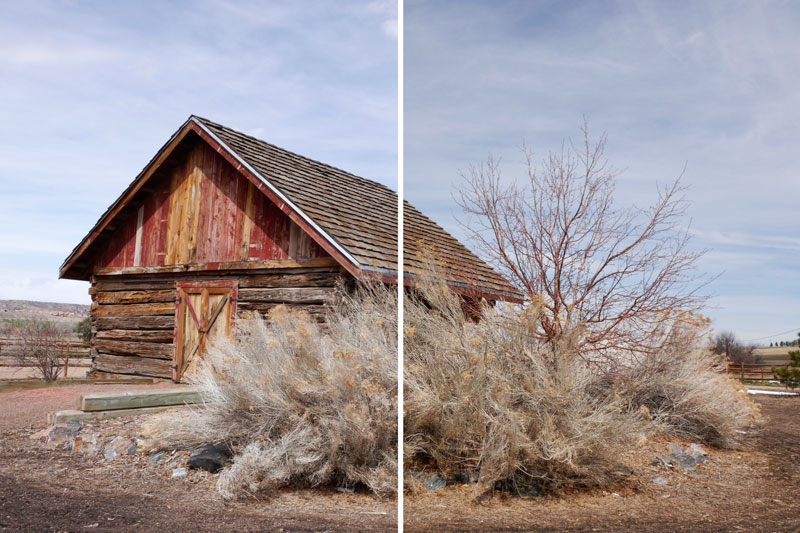Today’s Post by Joe Farace
Keep your face always toward the sunshine – and shadows will fall behind you. — Walt Whitman
The Sunny 16 Rule goes something like this: To take a photograph in bright sunlight, you set the camera’s aperture to f/16 and then set the shutter speed to whatever comes closest to the ISO number that’s selected. Back in the film days the chosen shutter speed was the ISO (or ASA) number written on the box! But does this “rule of thumb” work for digital photography as well as it did back in the film days? One of my blog’s readers recently wrote:
“I have tried shooting with the “Sunny 16” rule with the following cameras: Nikon D40, D5000, D700 and Canon XSI, all with the same results; severe under exposure. I am shooting in manual mode, fixed aperture lens, auto ISO off. Am I missing something obvious?”
Firstly, as I’ve mentioned before, there is no real ISO settings when it comes to digital capture; there is only an ISO equivalent that has been developed by camera manufacturers to make imaging sensors react similar to the same way that film responds to light. Because of this difference, the question arises: Does the Sunny 16 rule work with digital capture? To test this concept I set out on a sunny day to the Hidden Mesa Open Space and made a series of exposures represented in the images shown here.
 How I made this shot: When shooting with a Panasonic Lumix G5 and Lumix G Vario 14-45mm f/3.5-5.6 lens, the first image (on the right) was made using the Sunny 16 rule with a manual exposure of 1/200 sec at f/16 at ISO 200. For the second photo (at left), I put the camera in Aperture Preferred mode—still at ISO 200—and let the camera determine the shutter speed that was required for an acceptable exposure. This turned out to be 160 sec. The Sunny 16 rule produced less than a half stop underexposure, let’s call it 3/8th’s of a stop. So while it’s not perfect, the process works for digital capture and if the truth be known it worked for film too, especially color negative film that has a wide exposure latitude.
How I made this shot: When shooting with a Panasonic Lumix G5 and Lumix G Vario 14-45mm f/3.5-5.6 lens, the first image (on the right) was made using the Sunny 16 rule with a manual exposure of 1/200 sec at f/16 at ISO 200. For the second photo (at left), I put the camera in Aperture Preferred mode—still at ISO 200—and let the camera determine the shutter speed that was required for an acceptable exposure. This turned out to be 160 sec. The Sunny 16 rule produced less than a half stop underexposure, let’s call it 3/8th’s of a stop. So while it’s not perfect, the process works for digital capture and if the truth be known it worked for film too, especially color negative film that has a wide exposure latitude.
Keep in mind that the results I obtained with one particular camera with one particular lens on one particular day at altitudes above 6000 ft, so your results may be different—or not.

Along with photographer Barry Staver, Joe is co-author of Better Available Light Digital Photography that’s available from Amazon for $21.50 and used copies starting around five bucks as I write this. The Kindle price is expensive for some reason (not Barry or me.)